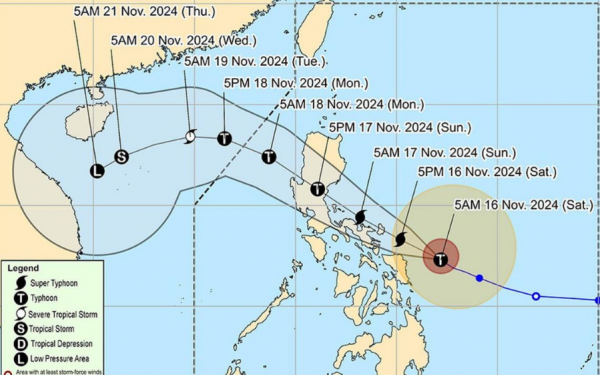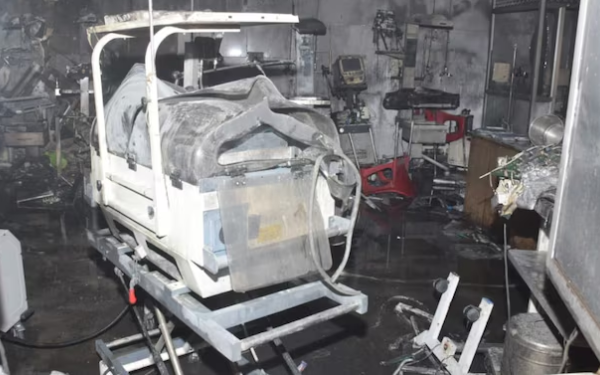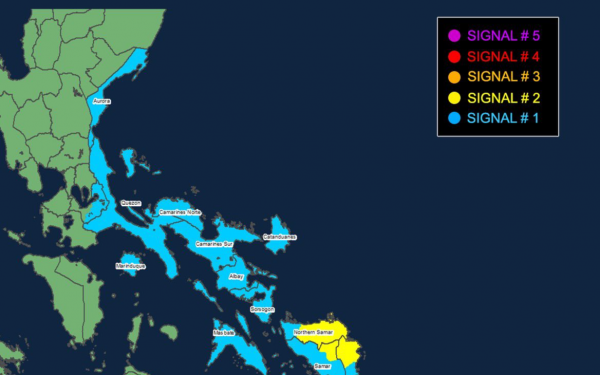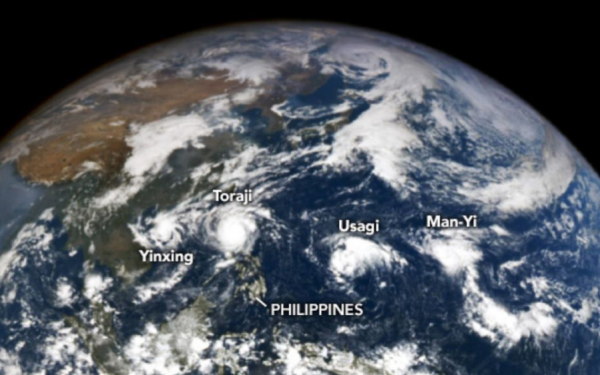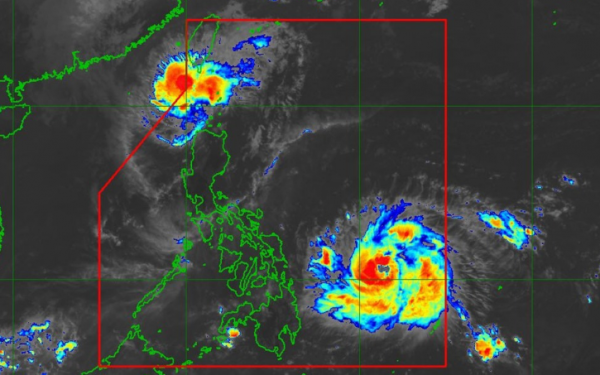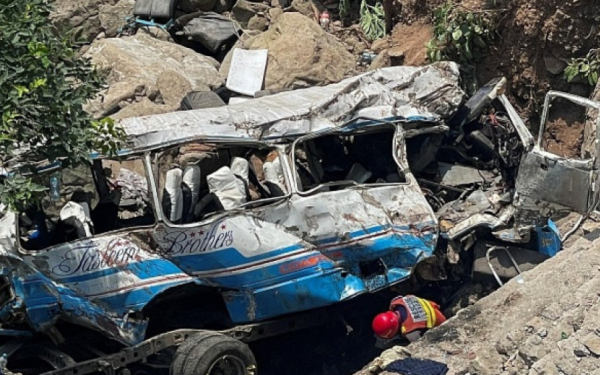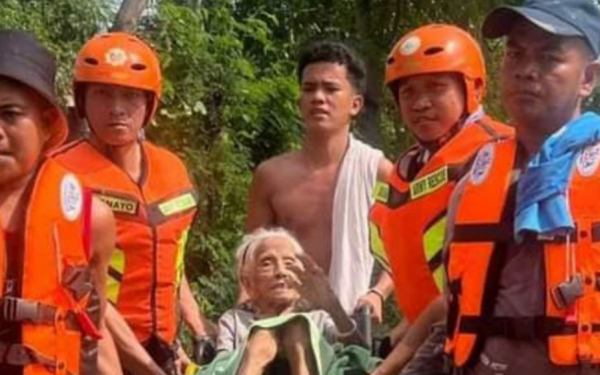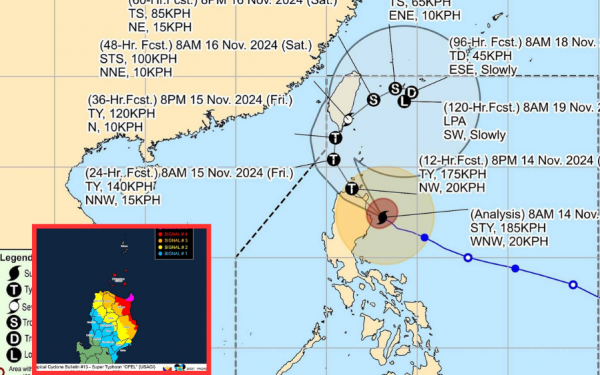From Kristine to Pepito: 6 cyclones batter PH one after another
 Graphic showing the course of six typhoons and tropical storms that have hit or passed close to the Philippines in recent weeks. Nicholas Shearman, AFP
Graphic showing the course of six typhoons and tropical storms that have hit or passed close to the Philippines in recent weeks. Nicholas Shearman, AFP
For the past four weeks, the Philippines has been reeling from the effects of multiple storms hitting the country one after the other.
SEVERE TROPICAL STORM KRISTINE (TRAMI)
The string of storms started with severe tropical storm Kristine (international name: Trami), which entered the Philippine area of responsibility on October 20, bringing heavy rainfall over Bicol region. Kristine made landfall in Isabela on October 23, and forced thousands of people to flee their homes. By the time it exited PAR on October 25, more than 3.3 million Filipinos have been affected.
As of October 31, the National Disaster Risk Reduction and Management Council reported a death toll of 150 from the combined effects of Kristine and Super Typhoon Leon.
SUPER TYPHOON LEON (KONG-REY)
Barely a day after Kristine’s exit, another storm entered PAR on October 26 and was assigned the local name Leon. It quickly intensified, reaching super typhoon category by October 30. State weather bureau PAGASA raised Tropical Cyclone Wind Signal No. 5 over Batanes, the highest warning level, due to strong winds.
Leon eventually made landfall in Taiwan on October 31, triggering floods and causing fatalities.
Although the NDRRMC did not specify which number of deaths were attributed to each storm, the combined effects of Kristine and Leon caused the death of at least 150 people, with many others missing.
TYPHOON MARCE (YINXING)
On November 4, the Philippines’ 13th tropical cyclone entered PAR and was assigned the local name Marce. Just like the previous storms, Marce intensified rapidly, reaching typhoon category before making landfall near Santa Ana, Cagayan on November 7.
Marce exited PAR on November 8, after wreaking havoc in northern Luzon, were thousands of families were severely affected.
TYPHOON NIKA (TORAJI)
Shortly after Marce exited PAR, another storm, Nika, entered the country on November 9. The fourth typhoon in less than a month, Nika made landfall on November 11 in Dilasag, Aurora. Prior to its landfall, the government the government ordered 2,500 villages to be evacuated.
Nika left PAR on November 12, after it prompted the evacuation of some 32,000 people in vulnerable areas.
While the government reported no casualties from Nika, it said around 15,000 people were still sheltering at mainly government-run evacuation centers.
TYPHOON OFEL (USAGI)
But even before Nika exited PAR, another typhoon has already entered the country’s area of responsibility. Ofel, which entered PAR as a tropical storm on November 12, intensified rapidly within the next few days, eventually reaching super typhoon category by Thursday, November 14, before making landfall over Baggao, Cagayan at 1:30 p.m.
Based on the forecast track, Ofel is expected to change directions and stay inside PAR until Monday, November 18.
MAN-YI (PEPITO)
After Ofel, Tropical Storm Pepito (international name: Man-yi) is also forecast to strike the Philippines' population heartland around Manila this weekend.
A high-pressure area in southern Japan will cause the storm to follow a more southerly track than Usagi, the weather service said.
As of 9 p.m. on Thursday, the Japan Meteorological Agency has classified Man-yi as a severe tropical storm.
A UN assessment of the past month's weather disasters said 207,000 houses had been damaged or destroyed, and nearly 700,000 people were seeking temporary shelter.
Many families were without even essentials like sleeping mats, hygiene kits, and cooking supplies, and had limited access to safe drinking water, it said.
The storms destroyed thousands of hectares of farmland and persistent flooding is likely to delay replanting efforts and worsen food supply problems, the report added.
About 20 big storms and typhoons hit the archipelago nation or its surrounding waters each year, killing scores of people and keeping millions in enduring poverty.
A recent study showed that storms in the Asia-Pacific region are increasingly forming closer to coastlines, intensifying more rapidly and lasting longer over land due to climate change. - with reports from Agence France-Presse and Ariel Rojas, ABS-CBN News

